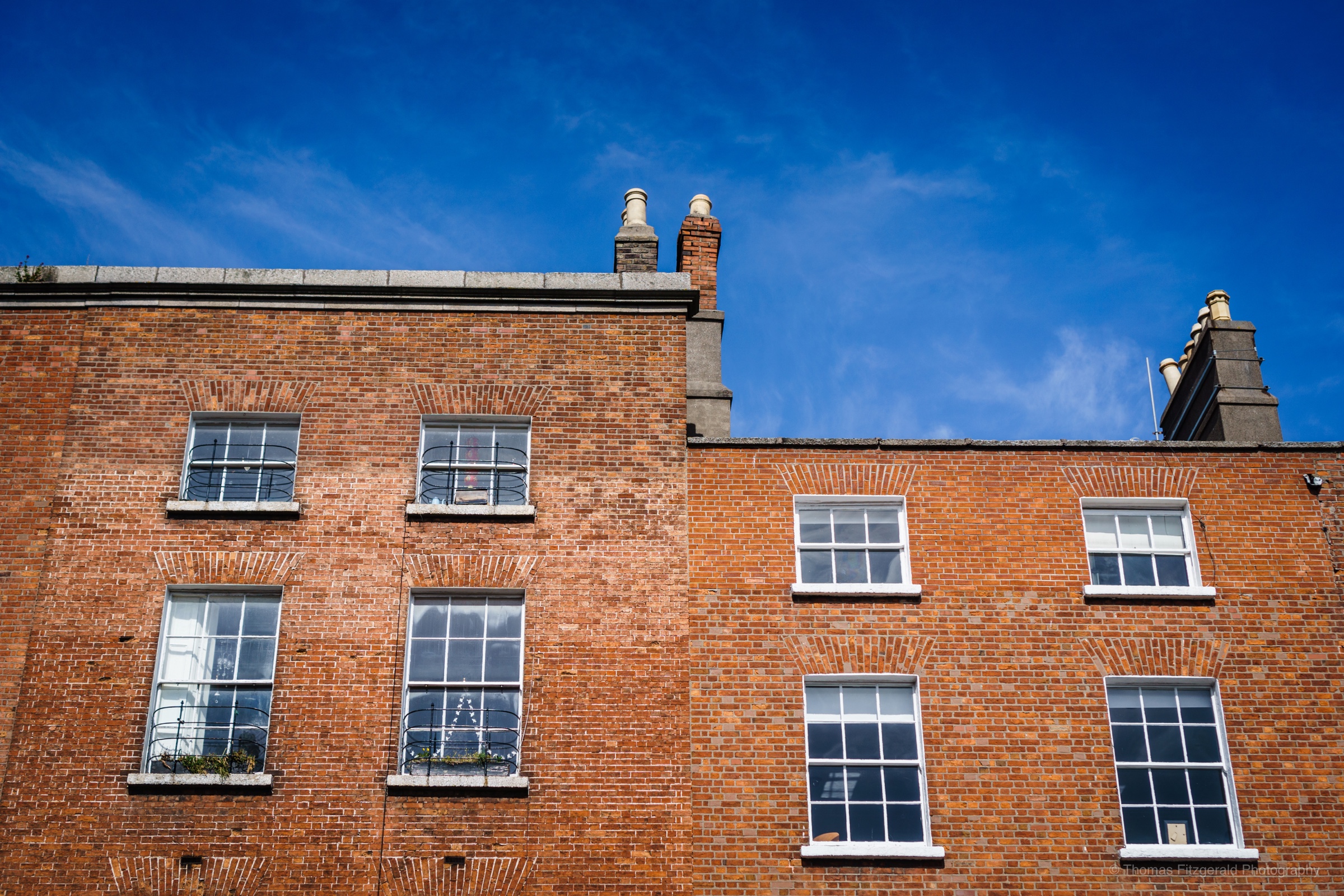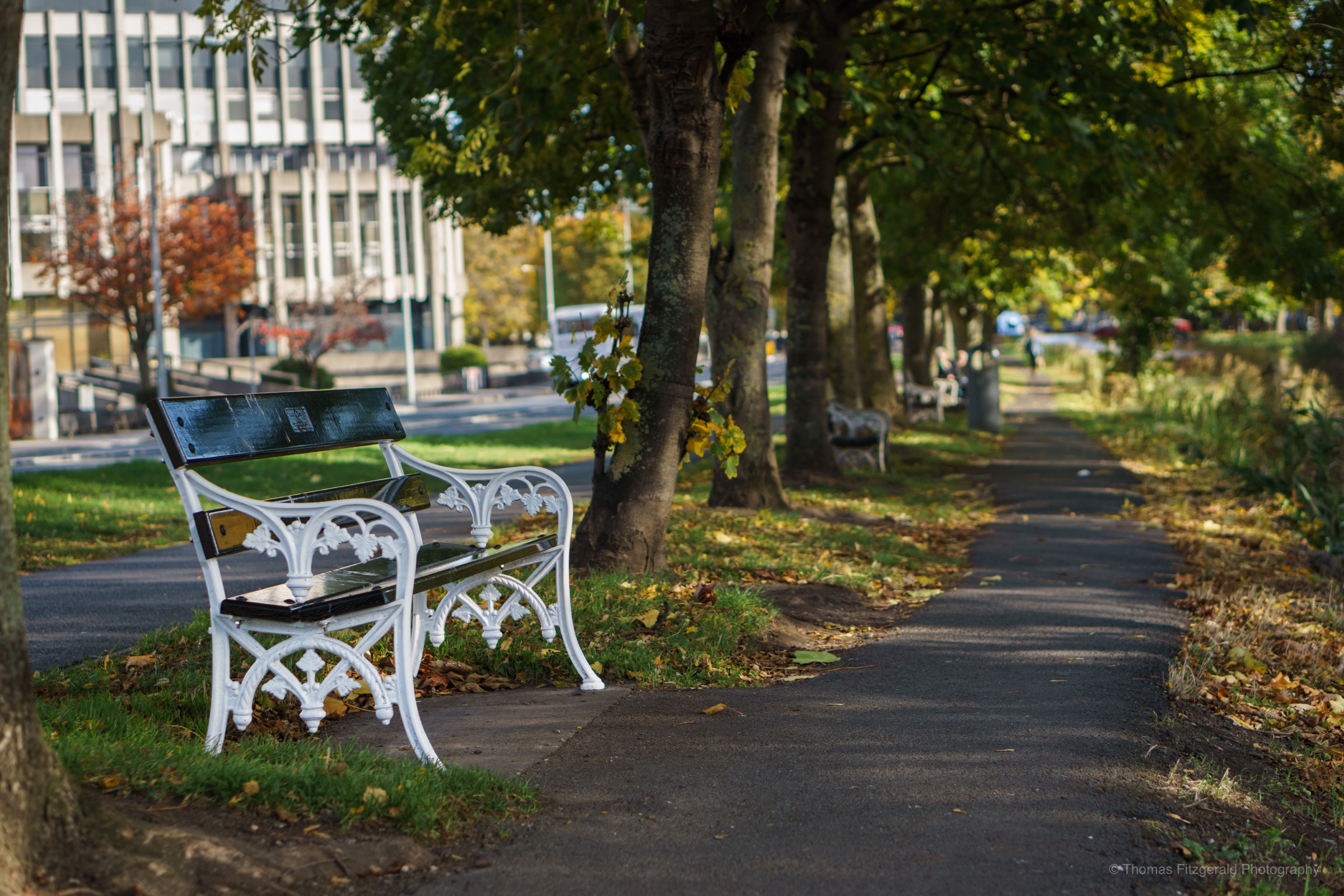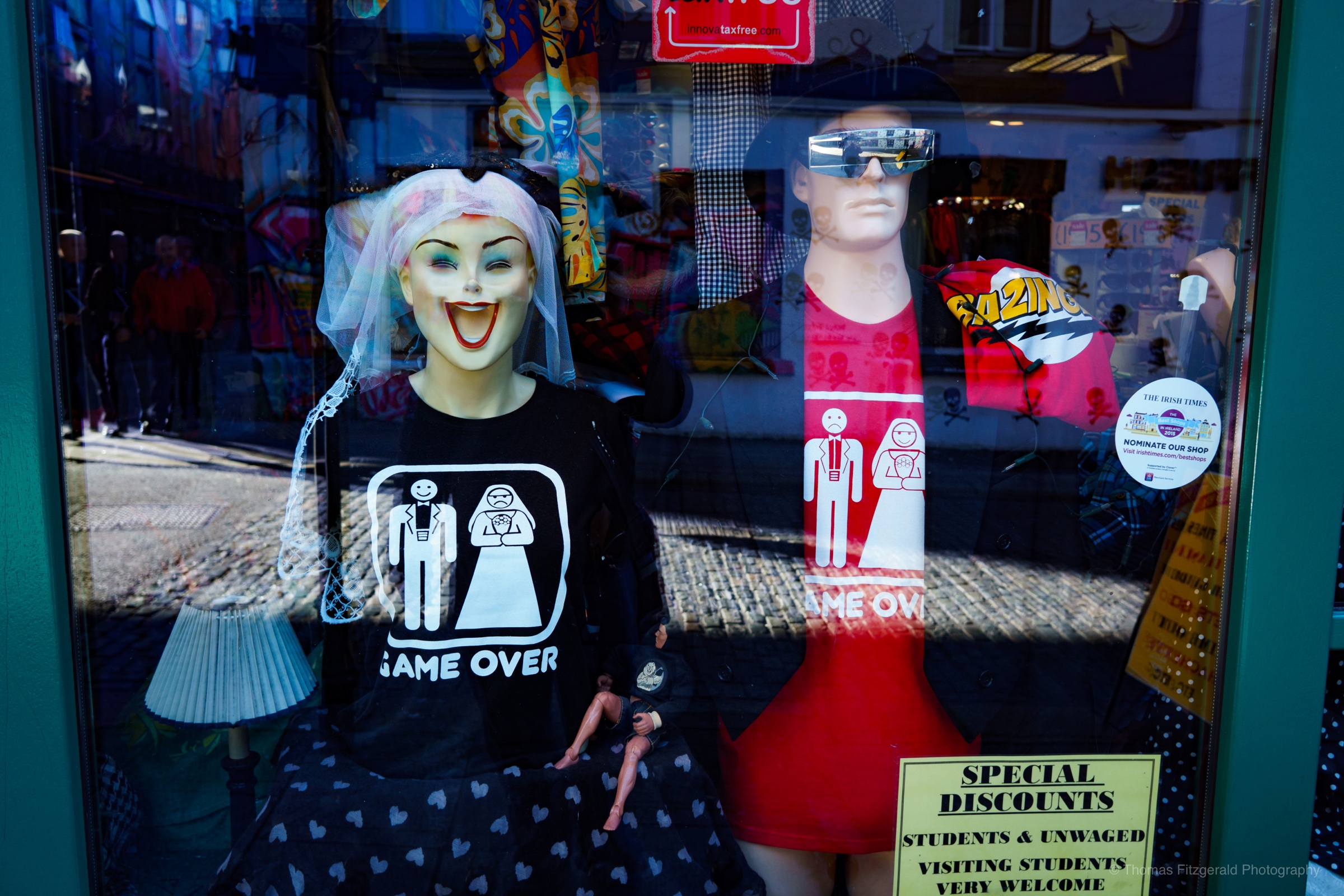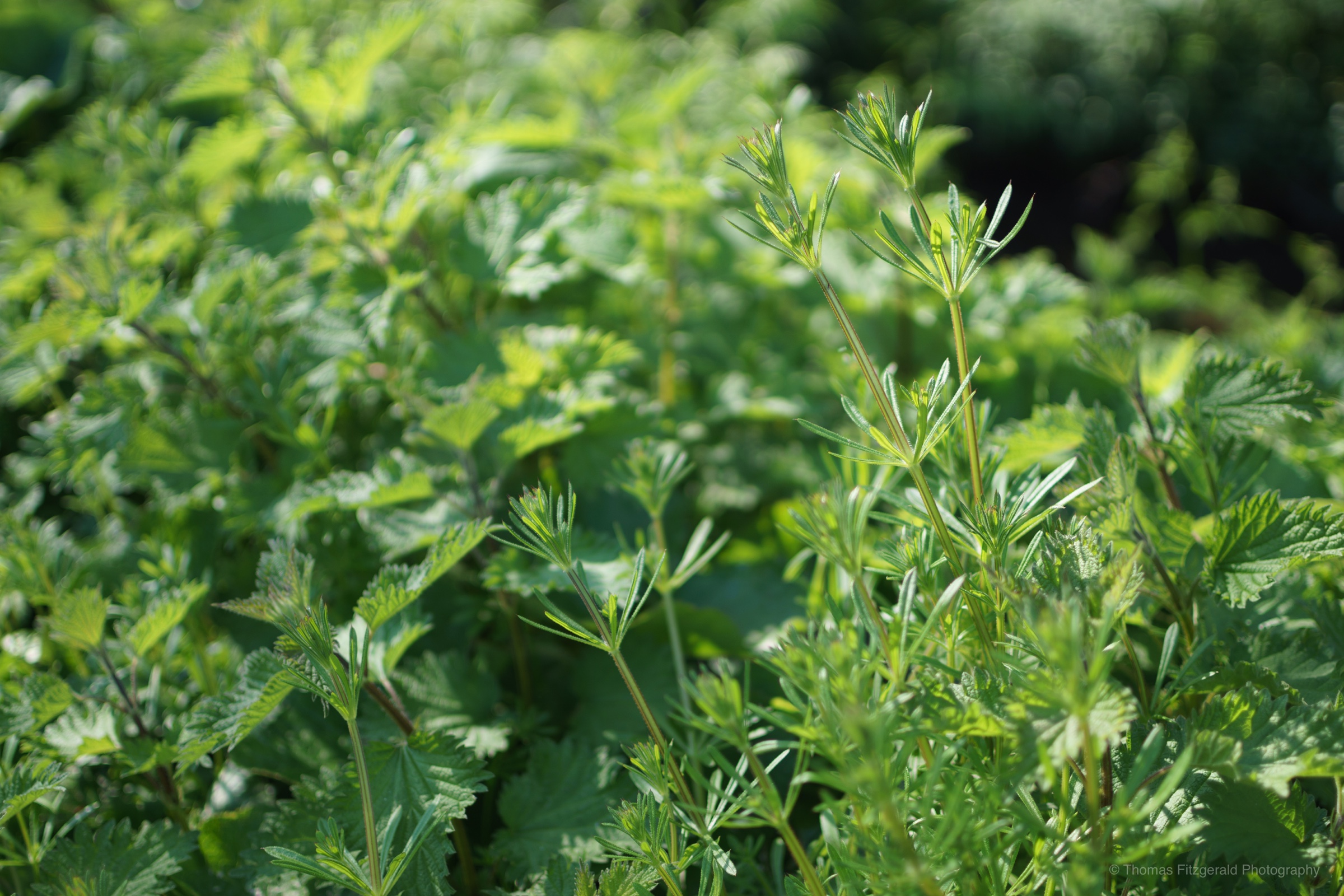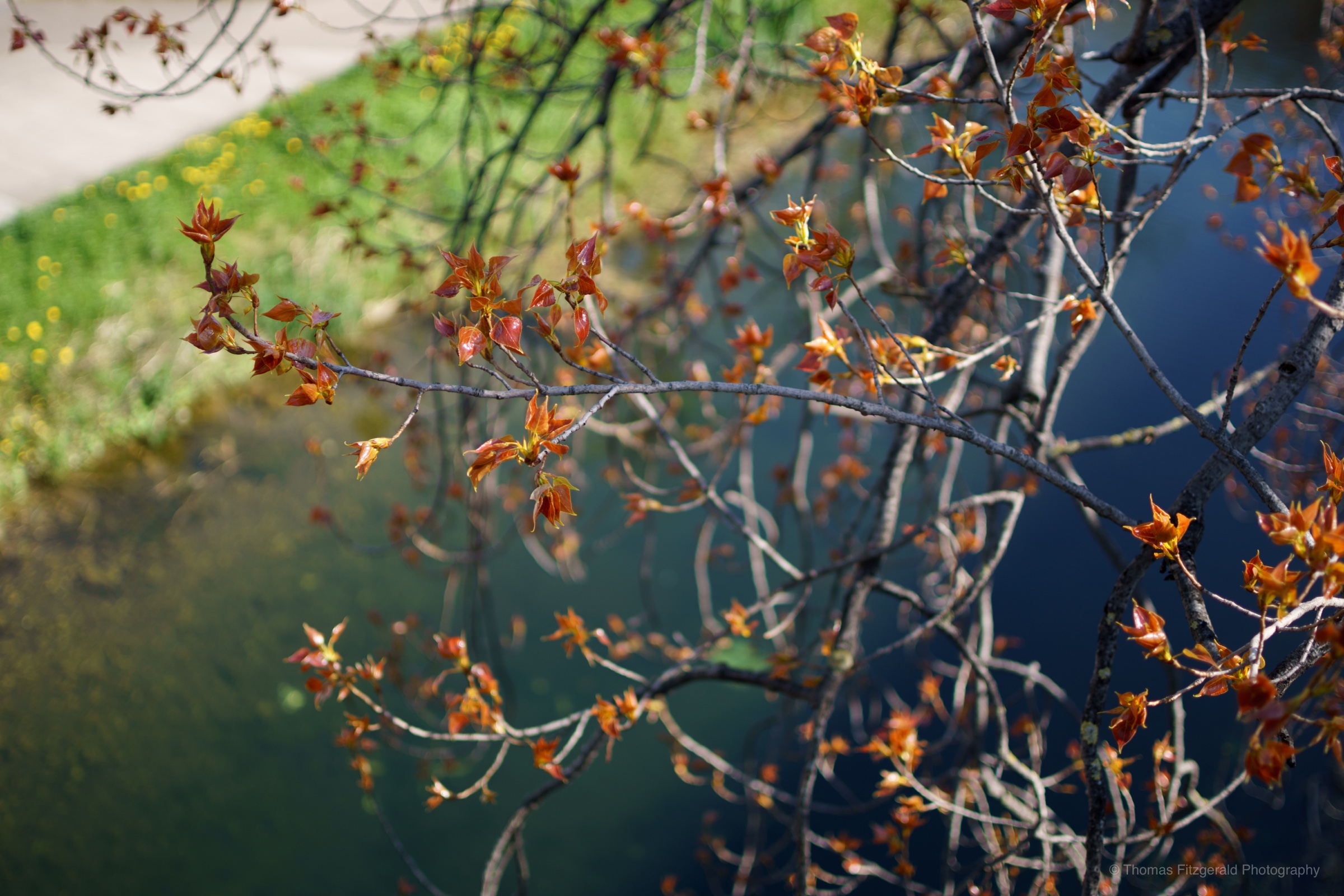A Year with the Sony A6000: A long term review - Part 2
If you haven't seen it already, check out part one of this review.
Image quality
The image quality of the Sony A6000 is, in my subjective opinion, pretty good. In the right light it can be superb. The 24mp sensor is capable of great images and for the most part I absolutely love the results that I get with the camera. If you're shooting at low to medium ISO settings then the quality from this camera is excellent. There are a few exceptions, which I'll get to in a minute, but let me just re-iterate just how good the images are. Now, obviously this claim is somewhat subjective, and it depends on many factors.
Dynamic Range. The dynamic range on this camera is very impressive. It retains a significant amount of highlight details when shooting RAW. You can push the shadows significantly too, although they can get a bit noisy. I used to think that my other cameras had good dynamic range until I started shooting with the Sony. Is it the best out there? probably not, but it's pretty impressive, especially when you shoot at lower ISOs. It can be a little noisy, especially in the shadows, but the higher resolution compared to other cameras in the price range means that you can easily apply a degree of noise reduction without loosing a lot of detail.
Colour. The colour rendition of images from the A6000 is also superb. Colours are very pleasant if you use the right lens. Colours aren't quite as in your face as Fuji's colours, but they have a delicate quality to them that is really nice. Images are capable of displaying subtle differences in shade and hue that in the right conditions really make your image pop.
Actually, when I first started shooting with the camera I had difficulty getting colours I liked from it. This turned out to be a few different factors which I've since overcome. First of all,t he auto white balance is not great in certain lighting conditions. Secondly, the presets (daylight, cloudy etc) aren't great either, and always seemed to me to be a little off. These are actually easily tweaked, and once I spent a good bit of time experimenting, I was able to set offsets in the camera for white balance settings that I found more appealing.
Thirdly, Adobe's calibration of the A6000 in Lightroom, to me seems a little off as well. I eventually managed to fix this for the most part, but it's a little disappointing. I'm not just talking about the default Adobe calibration but the Adobe supplied colour profiles for the picture modes seem a little off to me. Again, I eventually managed to fix this with some tweaks of the calibration settings. It's not hugely off, but it's enough to be annoying if you care about accurate colour.
Noise The A6000 sensor is a little noisy at base ISO. It's not a lot, but you can see it if you zoom in. A tiny bit of noise reduction in Lightroom on the RAW files usually gets rid of it, but you can't see it zoomed out anyway. I actually think part of this is Adobe's raw interpretation, because when I viewed the images in Aperture they don't seem as noisy. If you shoot in poor light or your shots are underexposed, this becomes more apparent. As you go up the ISO range, it doesn't get substantially worse until you get past ISO 1600.
1600 is still pretty ok and perfectly useable. 3200 is a little too noisy for my tastes, but again, there's lots of scope for noise reduction. After that, whether or not the images are useable depends on your own personal tastes. Personally, I prefer to shoot at as low and iso as possible, and I rarely shoot with the A6000 above ISO800. I occasionally shoot at 1600 but almost never higher than that. If you're looking for a low light camera this may not be your best choice, but again, as I said, it's subjective.
Raw and Jpeg
As mentioned earlier, Raw files are pretty flexible. They do use sony's compressed raw format, but to be honest, I've never run into an issue where the compression becomes a problem. Aside for some minor calibration issues, they render really nicely in Lightroom. They are possibly a little soft compared to the cameras Jpegs, but there's no issues with artifacting or smearing like you get with Fuji files.
Jpeg files are pretty good too. At lower ISOs they're very clean and I'd be happy to use them in a pinch. At higher ISOs the camera's noise reduction algorithms leads to an unpleasant texture in the Jpeg files. It makes the images look very "digital" and I don't like it at all. They're probably still useable if you're wanting to use them with Instagram or something like that where you can scale the image down. I generally shoot Raw + JPEG so that I have the Jpeg files should I need them, but I almost always just use the RAW files.
Post processing
I've tried a few different RAW converters with the files from the A6000. Lightroom is probably my favourite. It produces the nicest looking files in my opinion. Images are a little noisier, and perhaps a little softer in Lightroom compared to some of the other converters, but I think it's the best balance of all of the ones that I've tired, but to be fair, I haven't spent much time trying to get better results in other converters, because Lightroom's conversions are fine for me.
In Capture One the images are slightly sharper by default, and a little less noisy, but they have a kind of harsh quality to them that I don't really like, however this may well be due to the settings I'm using. I'm sure if I spent a bit of time with them in C1, I'd find a look I like, but for me Lightroom works fine for the A6000, so I haven't really bothered. It's all very subjective though, so you may well prefer the look of images from the A6000 in Capture One. I also tried Aperture, which does a pretty good job too. Images seem a little cleaner than Lightroom, but the lack of lens correction is a big issue, as many Sony lenses require software based correction. Of course there's also the small matter of Aperture being discontinued.
Lenses
The lenses that you use with the A6000 will dramatically affect the quality of the image that you get from it. I know that statement seems kind of obvious, and that can be said of any camera. In terms of native e-mount, I have four Sony lenses, and two sigma lenses. I also have adaptors for Nikon and Canon lenses.
Kit Lens The camera comes with a 16-55mm kit lens. This is a power zoomed compact lens that actually collapses into quite a small package when you turn the camera off. It's actually not a horrendous lens. There's a lot of distortion with it, but you don't see it if you have lens correction turned on in the camera (or in Lightroom). It's a slow lens, but the images are pretty sharp in the centre. At the edges of frame there's some pretty horrible distortion though. It's blurry, in that sort of cheap glass, horrible optical blurry kind of way. It's still a very useable lens though. It does have a certain harshness to it, which is hard to put into words. You wouldn't notice it until you try some good glass on the camera. You also have to remember the price. It's a cheap lens and you get what you pay for.
I also have the non-powered zoom version of this lens, as it came with my NEX-7. This version is much bulkier, and the image quality isn't substantially better. There is perhaps a little less distortion with it, but overall, quality wise, it's not substantially different.
Sony 35mm and 50mm I have two Sony prime lenses. I have the 35mm f/1.8 OSS and the 50mm f/1.8 OSS. Both of these have optical stabilisation and are the fastest primes that Sony makes for cropped sensor e-mount. If you want better you need to go with one of the company's full frame options. As for these particular two, they are not good lenses.
The 35mm is particularly bad. It's not very sharp, even stopped down. It doesn't have particularly pleasing bokeh, and it has some pretty bad chromatic aberration and vignetting. It should be noted that while Sony's software will correct for distortion and vignetting, it doesn't do it in the live view. The vignetting is so bad when using this lens with the live view (either in the EVF or the Viewfinder), that when wide open it makes your whole display look substantially darker. I actually thought that there was something wrong with the camera when I first put it on. The only things that's any way good about the lens is that the optical stabilisation is actually pretty good, especially for video.
The 50mm is a bit better. It is quite sharp, even wide open. Stopped down to f/2.8 it's very sharp. The lens has some nice bokeh too, and images are quite smooth optically. However, unfortunately it has some of the worst chromatic aberration that I've ever seen on any lens from any manufacturer. It's not the easily fixed kind either. It's the horrible longitudinal chromatic aberration (purple fringing, only in this case it's often red). Lightroom is pretty good at fixing chromatic aberration and fringing, but this is so bad that it has trouble. It's ridiculous. Could it be a sample issue? Of course it could, but that's some pretty bad quality control if it's that far away from the norm.
There are other choices available from Sony that I haven't used which do have good reputations. In particular the 10-22 is well regarded. You can also use the full frame FE lenses on the A6000 but these are expensive. It's a shame Sony hasn't put more effort into it's cropped sensor e-mount lens line. When you compare it t Fuji's offerings for example, there's a real disparity, especially when it comes to high quality primes.
Adapted lenses
One of the big advantages of Sony's e-mount is the relative ease at which it can be adapted to use lenses from other camera manufacturers. I have a good collection of lenses in both Canon and Nikon mounts, and so I have adaptors for both of these.
Shooting with good quality Canon or Nikon lenses on the A6000 leads to a dramatically different level of image quality. When I first tried my nikon lenses on it, it was like I was using a different camera. Suddenly, the sensor in the A6000 was being used to its full potential and you could really see the difference. This is another reason as to why I'm so upset with Sony's own native lenses. Again, I have to qualify that by saying that I haven't tried all of Sony's lenses, but had I not experienced what the camera is really capable of by using quality Nikon and Canon glass on it, I would have a very different opinion of the A6000. Using adapted lenses really does show you what this little camera is really capable of.
When many people think of image quality and lenses, they think of it in terms of sharpness, but there's so much more to it than that. Colour, contrast, the smoothness of an image, are all affected by the choice of lens,and it this case dramatically. Gradients are silky smooth. Colour transitions are delicate and beautiful. Contrast is rich and natural, and of course, sharpness is much better too.
I've used two different adaptors with the camera. For Nikon I have one manufactured by Novaflex. I've had this for a while and bought it when I originally bought the NEX-7. It's a solid adaptor and it has a ring on it that allows you to control the aperture on Nikon's more modern "g" series lenses which lack an aperture ring. I've used a number of Nikon lenses on the camera, but the one I use the most is the 24-120 f/4. This gives beautiful results on the A6000. The only problem is that it's hard to manual focus, because of the way Nikon has designed its focus rings. They're not connected directly to the internal focus mechanism, so when you're trying to focus with it, there's a lag between when you turn the ring and when it catches the mechanism in the lens. This makes fine tuning focus quite difficult. It's not all Nikon lenses, but it's particularly noticeable on the 24-120. It's the same on the 28-300 but it's a little better.
Another thing that's tricky with this particular adaptor, is getting a precise aperture setting. Well, you can't if you're using one of the G series lenses that don't have an aperture ring. The ring on the adaptor is click-less and there isn't a wide throw on it either so you have to guess. It's fine if you just want to set it wide open, but trying to stop down a stop or two is difficult, and it's pure guesswork.
I recently added a Metabones smart adaptor to my set of tools, and this allowed me to use my Canon lenses on the A6000. The big difference between the Metabones adaptor and the Novaflex one, is that the Metabones offers full electronic control over Canon lenses though the A6000's own controls. This means that you can use aperture priority for example, and set the aperture the way you normally would. It also means that you can precisely set the aperture value without having to guess. The Metabones adaptor also activates the stabiliser in the lens if it has one, and this works really well with video.
I tried a number of Canon lenses on the A6000 including the 24-105mm, the 17-4- f/4L and the 100mm macro. The macro lens produced amazing results, and it is one of my all time favourite lenses on any platform. The stabiliser in the 24-105 worked great too, for both stills and especially for video.
Video
I originally bought the A6000 because I wanted a small camera for shooting video. I had seen a few reviews that gave it good marks for its video, and that was one of the primary reasons that I bought it. Originally, the camera shipped with only AVCHD encoding. The video quality was ok, but not great. AVCHD is not a good codec, and the implementation here was particularly bad. I'm pretty critical when it comes to video though, as I've worked in the Television industry for many years, so perhaps I'm being a bit harsh.
Earlier this year Sony issued a firmware update for the A6000 which added the companies own XAVCs codec. This is a much better codec than AVCHD and as a result video is much improved. The downside of using XAVCs is that you need a fast SDXC card and it needs to be at least 64gb or the camera won't even record in XAVCs.
In terms of features, the A6000 has everything you could want with regard to shooting video. It has full manual control. You also have selectable level of zebra pattern, and you can record externally uncompressed via HDMI. I tried shooting via HDMI once with the a6000 and the results were very impressive. It's a noticeable and significant improvement, even over recording in XAVCs.
There are a number of downsides to recording video on the A6000. First of all is one weird software limitation. When you want to manual focus, which is something you'll need to do, especially if using adapted lenses, the image is soft when you use the focus assist zoom while in video mode. This is only soft when using it video mode. If you switch back to any of the other modes and zoom in the image is nice and sharp and makes focussing easy. In video mode its of a much lower resolution and it's soft, making it extremely difficult to judge critical focus. My guess is that when in video mode, they're sending a video feed to the screen and EVF and you're zooming in on this rather than the camera's full sensor readout. Whatever way it's been implemented, it's a real shame, as it makes shooting video with manual focus that much harder than it needs to be.
The kit lens is surprisingly good for shooting video with. The stabiliser in the lens is actually very good. If you want a simple video recording device, this combination works pretty well if you're not concerned about absolute quality, and just want a small good quality video recording solution. It's perfect for vlogging or family use. One of the things I have to keep reminding myself is just how inexpensive the A6000 is and with that in mind it's a great little video camera for the price.
Here are some videos that I've shot with the A6000 over the past year...
Continued in Part 3 where I'll discuss using the A6000 for Street Photography, and look at a comparison to the Fuji X-E1 as well as round up my views in the summary and offer pros and cons for the A6000
Gear Mentioned in this review!
If you want to help this blog and you're considering buying any of the gear mentioned in this review, then please consider purchasing though our affiliate link with B&H Photo.
Alpha a6000 Mirrorless Digital Camera with 16-50mm Lens (Black)
Alpha a6000 Mirrorless Digital Camera Body (Black)
E 50mm f/1.8 OSS Lens (Silver)
35mm f/1.8 OSS Alpha E-mount Prime Lens
T Smart Adapter Mark IV for Canon EF or Canon EF-S Mount Lens to Sony E-Mount Camera



